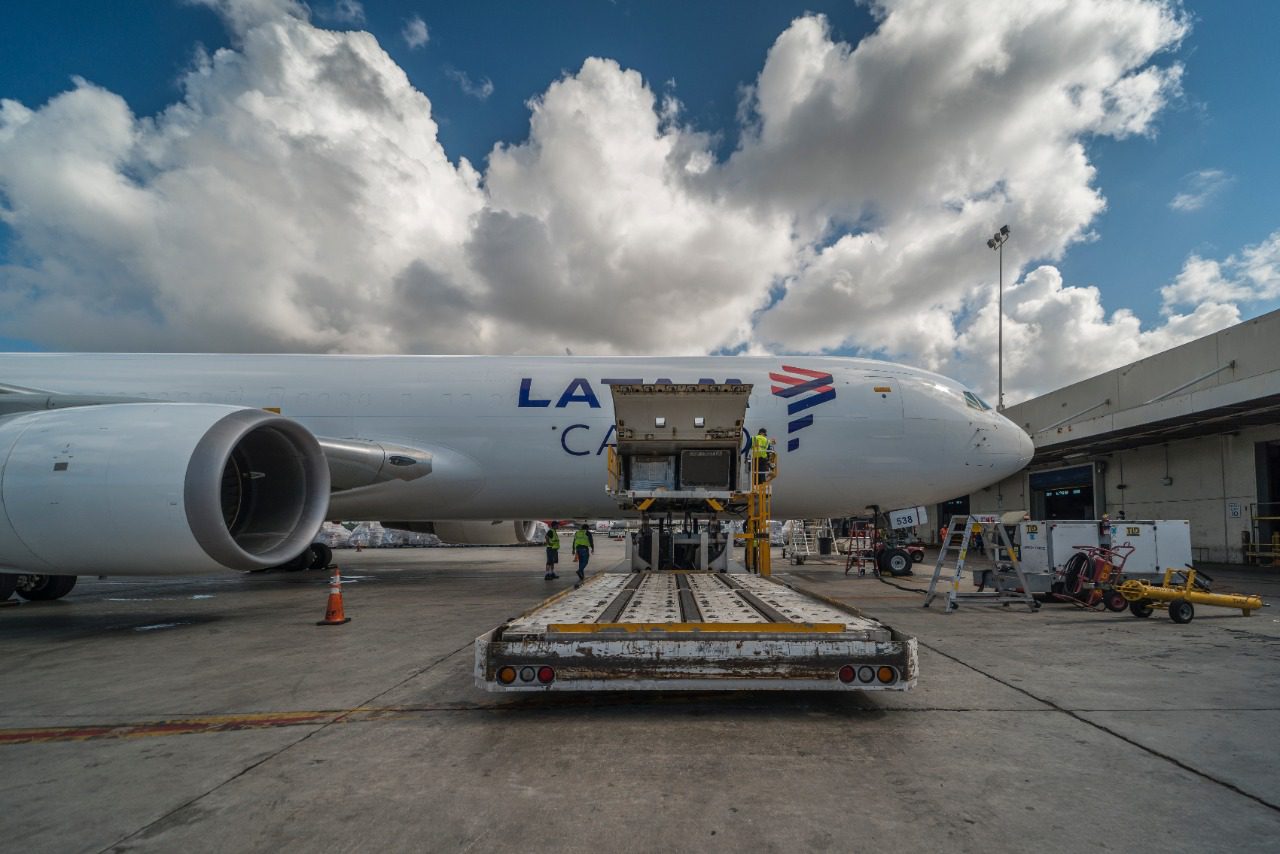
LATAM Cargo fleet
LATAM will expand its cargo fleet to 21 aircraft. The South American company plans to grow its cargo division by ten Boeing 767s in 2023, a 90 percent increase, it said in a statement on May 18.
It is not a surprise to see LATAM take this chance to increase its presence in the cargo business. Cargo is one of the few things rolling at the moment for LATAM and many other airlines. In 2021’s first quarter, cargo revenues increased by 36.8 percent compared to one year ago, with revenues at $345.2 million.
During this period, LATAM operated its fleet of eleven B767-300Fs to the maximum. It deployed them with more weekly frequencies, allowing its available tonnes per kilometer (ATK) to increase by 26 percent compared to pre-pandemic levels. Between January and March, LATAM carried nearly 30,000 tons of cargo throughout its route map.
Therefore, there is a market ready to be taken. As Andrés Bianchi, LATAM Cargo CEO, said: “The decision to expand our fleet is based on the attractive growth opportunities available, recent efficiency improvements, and flexibility that the B767F freighter offers. Thanks to these elements, we believe we will grow profitably, even if facing conditions similar to those that we faced before the pandemic.”
How will LATAM increase its cargo fleet?
LATAM ended 2021’s first quarter with 283 passenger aircraft and eleven cargo planes, all B767-300F. The carrier is in the process of actively reshaping its long-haul commercial passenger fleet. The airline has already rejected the lease contracts of eleven Airbus A350-900s. It also reorganized and dismissed a few leases and orders for new Boeing 787 Dreamliners. Now, it will significantly decrease its fleet of seventeen Boeing 767-300ER.
Originally, LATAM’s freighter fleet growth plan included four firm conversion orders and four options. Two months after the initial announcement, LATAM has exercised the four options and added two more 767-300ERs to the mix. This brings the freighter fleet to 21 aircraft by the end of 2023. It will almost double cargo capacity and reduce the average fleet age from 17 to 14 years.
Largest cargo operator in Latin America
According to the International Air Travel Association (IATA), Latin America has been the worst performer of all regions within the airline industry. There’s a variety of reasons that can explain this, but overall, the main one is the weak economic performance of Latin American countries. Despite that, LATAM now has the opportunity to strengthen its capacity to, from, and within South America. The group can also position itself as the leading freighter operator in the region.
LATAM expects to receive the first four converted aircraft between 2021 and 2022, plus six more between 2022 and 2023. Kamal Hadad, LATAM Cargo’s Network and Alliances Director said: “In general terms, the majority of the plan focuses on improving connectivity between North and South America. In particular, capacity from Colombia and Ecuador will be strengthened to support the flower export industry. Additional flights to support Chilean salmon exports as well as import traffic into the country. Capacity to and from Brazil will also go up as we add routes from North America and Europe.”
Views: 1




